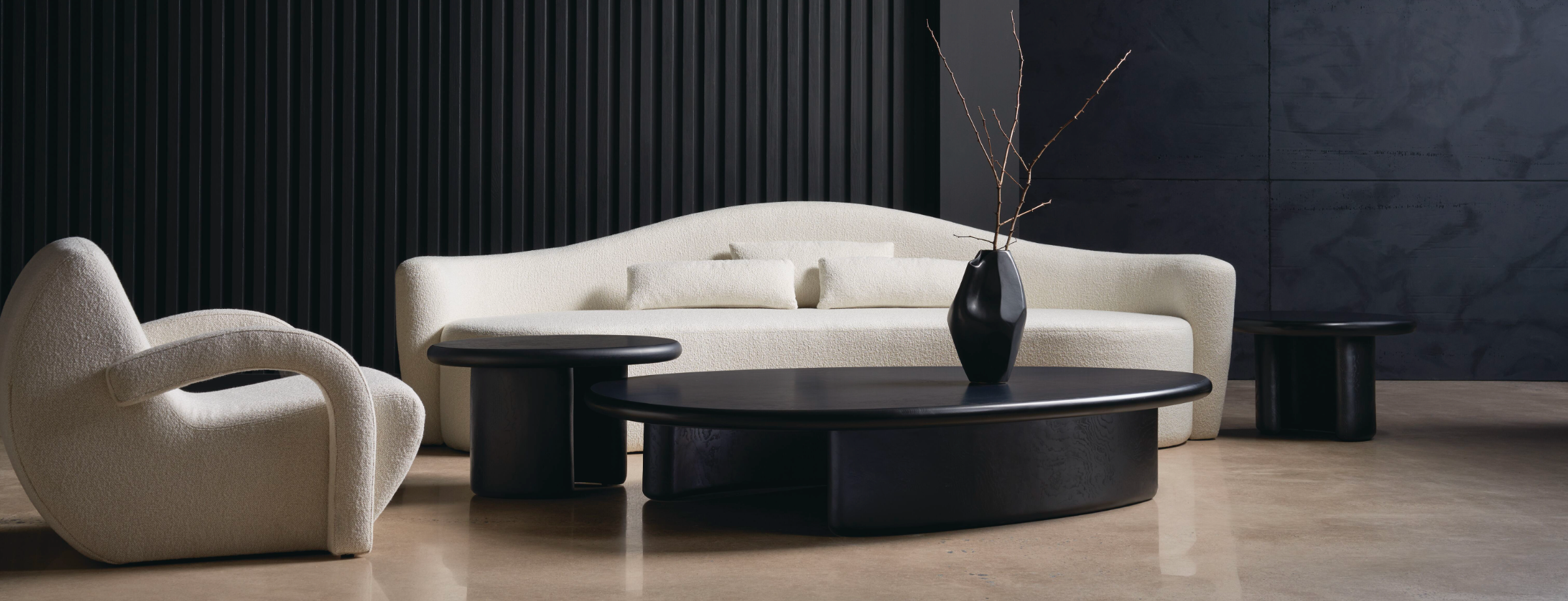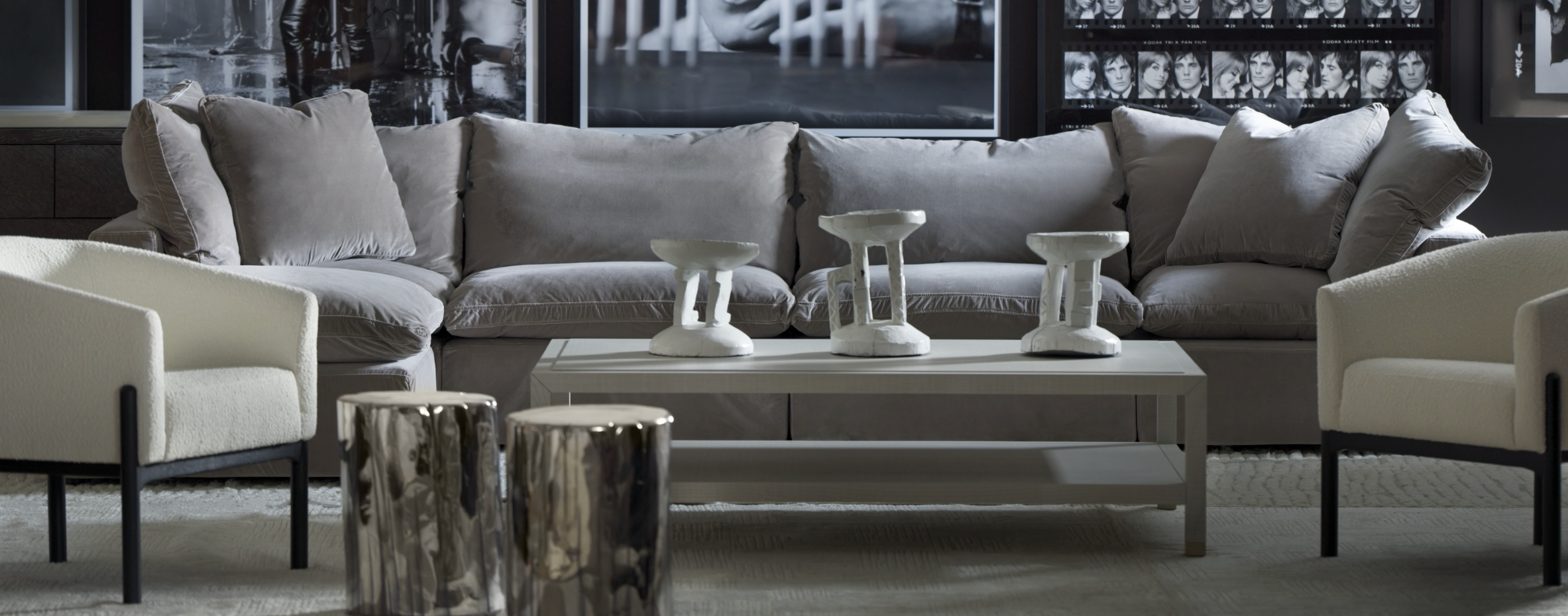Unveiling the 5 Basic Principles of Developing an Interior Design Concept

This post may contain affiliate links, which means I may receive a small commission if you make a purchase using these links, at no cost to you. I only recommend products from suppliers I genuinely love, as an interior designer.
Interior design is a multifaceted profession that includes conceptual development, space planning, site inspections, programming, research, communicating with the stakeholders of a project, construction management, and execution of the design. It's a creative process that requires a delicate balance between aesthetics and functionality. Whether you're an aspiring designer or a homeowner looking to revamp your space, understanding the basic principles of interior design is crucial.
In this blog post, we will delve into the five fundamental principles that guide every successful interior design concept. These principles are Balance, Rhythm, Emphasis, Proportion and Scale, and Harmony and Unity.
1. Balance in Interior Design
Balance in interior design refers to the equal distribution of visual weight in a room. This can be achieved in three ways: symmetrical (or formal) balance which involves mirroring elements on either side of a room; asymmetrical (or informal) balance which uses different objects that have equal visual weight; and radial balance where elements are arranged around a central point.
For instance, if you have heavy furniture on one side of your room, you can achieve balance by placing another heavy piece on the opposite side or several lighter pieces to create an equivalent visual impact. Understanding how to create balance can help you develop an interior design concept that feels stable and pleasing to the eye.
Here, Laura Hammett shows how to balance a room perfectly.
2. Rhythm in Interior Design
Rhythm is all about creating patterns of repetition and contrast to create visual interest in your space. This can be achieved through repetition (using similar shapes or colors throughout the space), progression (increasing or decreasing qualities like size or color), transition (creating smooth flow with lines or curves), and contrast (using opposite elements like black and white).
Rhythm creates a sense of movement within your space which leads the eye from one component to another. For example, repeating color schemes throughout your home can create a sense of continuity and flow that guides the eye from room to room.

3. Emphasis in Interior Design
Every well-designed space has an area of emphasis or focal point. This could be a piece of art, a fireplace, a stunning view, or any other element that draws attention. The principle of emphasis involves using design elements to draw attention towards this focal point and then designing the rest of the room with complementary elements to enhance it.
4. Proportion and Scale in Interior Design
Proportion refers to how the size of one part relates to the size of another part or to the whole. Scale, on the other hand, refers to how an item relates to the size of the room or to other items within it.
In interior design, it's important that all elements within a space are proportionate and scaled correctly in relation to each other for the space to feel harmonious and balanced. For example, a large sofa might overpower a small room but could fit perfectly into a larger living area.
This interior has been styled so that all of the furniture is in proportion and lines up well together. The chairs are called Xanthe by Andrew Martin.
5. Harmony and Unity in Interior Design
Harmony is achieved when all parts of a design fit together well, creating a consistent and cohesive look. Unity refers to using elements that share some common characteristics like color, shape, or texture.
Harmony and unity ensure that all parts of your design work together seamlessly without one element overshadowing another. For instance, using similar shades throughout your home can create harmony while varying textures can add depth and interest without disrupting unity.
Kelly Wearstler is known for her unique style, bold colours and shapes. This shows how incredible a space can look, as long as you know what you're doing.
Conclusion
Developing an interior design concept is not just about making spaces look aesthetically pleasing; it's also about ensuring they function effectively for those who use them. By understanding these five basic principles - balance, rhythm, emphasis, proportion and scale, harmony and unity - you'll be better equipped to create spaces that not only look great but also feel comfortable and inviting.
Remember that while these principles provide guidelines for creating a successful interior design concept, they're not hard and fast rules. Feel free to experiment and let your creativity shine through. After all, the most important thing is that your space reflects your personality and suits your lifestyle.
Here at Boutique Handle Co, we offer affordable door knobs and door handles to take your home to the next level, be sure to check out the selection and even leave a comment below with your opinion on the blog!
If you have any questions about our products, please email us at hello@boutiquehandleco.com.







Comments